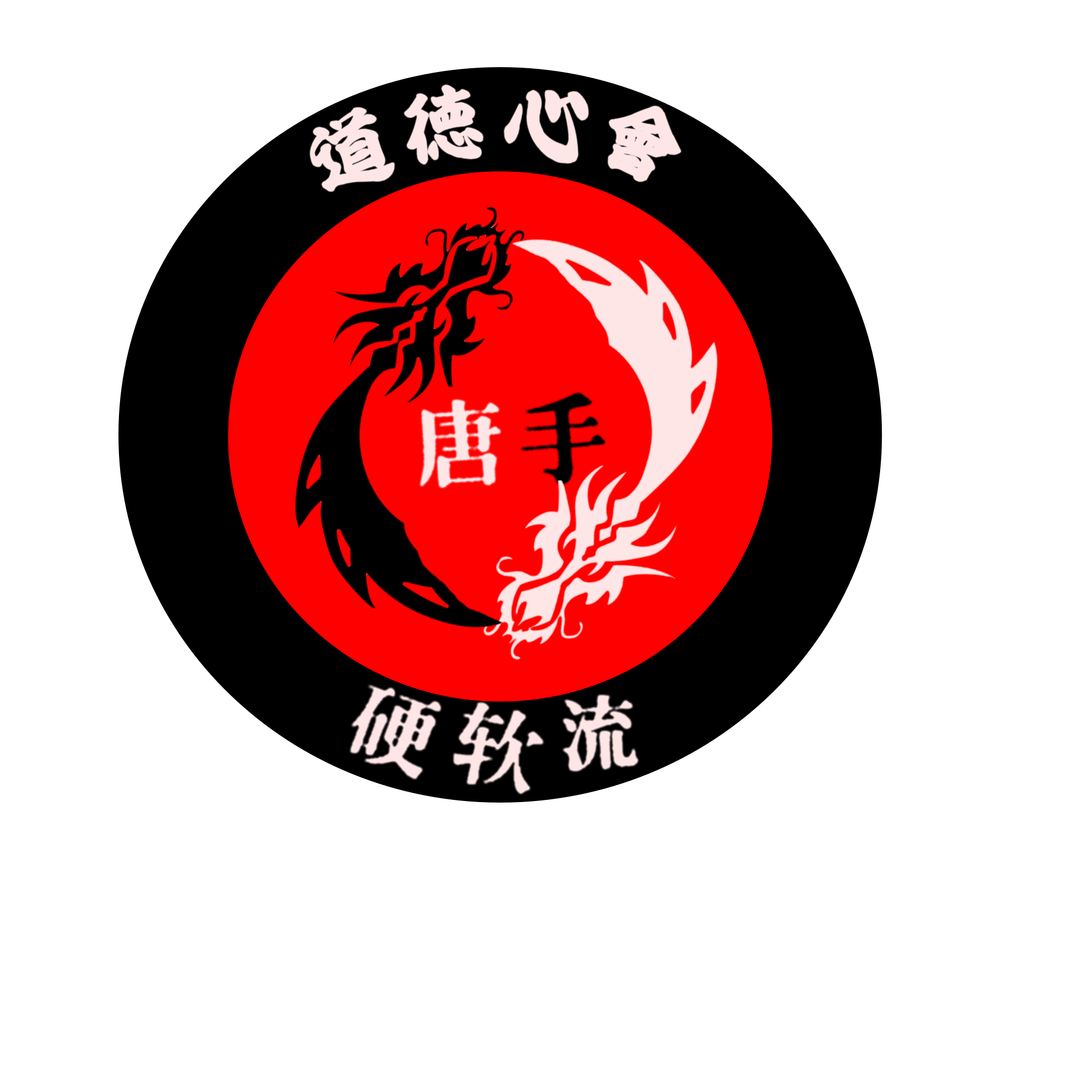Dotokushin Karate / Konanryu Tode
Founded in 1974, Dotokushin Karate is the shorthand, “public” name for the formal art of Dotokushinkai Konan-ryu Tode.
Dotokushin Karate is a direct descendent of the Nippon Kobudo Rengokai combined martial arts (which take in karate, jujitsu, aiki-jitsu and, to a certain extent, kobudo) taught by Albert Church and Raymond Isgett of Motobu-ha Shito-ryu, Kamishin-ryu and Shorinji Tetsuken-ryu lineage.
Mr. Keenan was a student of Church and Isgett, eventually breaking off from the Nippon Kobudo Rengokai and Nippon Kobudo Doshikai, renaming his group “Dotokushinkai Bugaku-sha.”
Mr. Keenan’s karate paradigm has been greatly amplified by his variety of other martial pursuits, most notably his practice of Chinese internal boxing methods (taiji, xingyi and baguazhang) and his close relationship with Imi Lichtenfeld (the founder off the Israeli combat system “Krav Maga”)
To separate itself from the umbrella teaching organization of the same name, Dotokushin Karate is also known as “Konanryu Tode” (Hard/Soft style). “Tode” was used instead of “Karate” to emphasize the Chinese connection that influences the system.
At its most fundamental level, Konanryu Tode is one possible manifestation of Chinese internal martial arts as expressed as a “karate” art.
In its current practice, Konanryu Tode utilizes the archetypal kata found in the three main streams of Okinawan te to isolate and study energetic movement and interactive relationships. Naihanchi, sanchin, seisan, seiuchin, bassai are some of the systems most often selected. (Konanryu Tode views each archetypal kata as its own martial system, not merely as one of many kata in a great catalogue of ‘learnables’).
The base intent of the practice is martial, emphasizing multiple person engagement. Transmission tends to occur in smaller groups, with kata selection being highly personal, as is subsequent work on animal energy and weapons. There are no techniques in Konanryu Tode, rather only relationships and the gestures that arise out of them.
There are no kyu ranks, only dan, and only one kata is studied for each dan level with tremendous freedom of choice based on personal desire, body-type and energetic emphasis. Outdoor practice with frequent location changes, street-clothes, use of environmental training tools, etc., exemplify Konanryu Tode methods.

